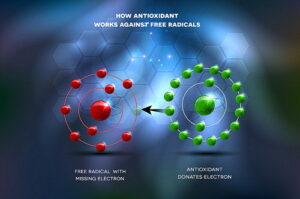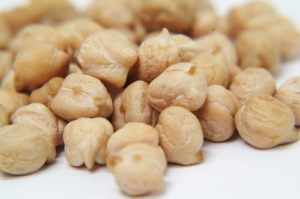
Currently, over one-billion people around over the world smoke cigarettes. It is killing machine that sends seven million people to their deaths each year. As we know, there are many serious physical and mental problems are associated with frequent smoking.
Many people pledge to quit smoking, but most of them fail to keep this pledge because they can’t beat the cigarette or nicotine craving. Many fail to quit smoking because they don’t understand the underlying reasons associated with nicotine withdrawals and they don’t learn how to outsmart those carvings.
There are many ‘remedies’ out there to help people who are hooked on nicotine. For some, they work. For others, they don’t. Remember that quitting smoking is all about resisting those cravings and having the willpower to deal with your withdrawals.
Side effects of nicotine consumption

Nicotine is a potent psychoactive alkaloid that stimulates the parasympathetic nervous system by inducing various effects on the brain. However, there are several side effects that are associated with regular consumption of nicotine.
Since cigarettes are the most common type of nicotine administration that uses tobacco as the main source and is thought to have more than 70 carcinogens, nicotine consumption is more dangerous for health than you think. Take a look at the picture above. This is what goes into your lungs and due to this, there are several side effects that are associated with cigarette consumption:
- Headaches
- Dry mouth
- Coughing
- Constipation
- Soreness in mouth and throat and change in taste
- Upset stomach
People who have serious medical problems can get some severe side effects from the regular use of nicotine.
- Rashes and swelling
- Irregular heartbeat for long time period
- Chest pains
If someone experiences these side effects, it is better to get immediate medical help.
Cigarette and nicotine withdrawals
Since nicotine can be as addictive as alcohol, cocaine and other addictive drugs, it results in various withdrawal symptoms when you stop using.
The symptoms of nicotine withdrawal depend on the level of your addiction i.e. how long you have been using nicotine and the quantity of your daily nicotine consumption.
Some of the common nicotine withdrawal symptoms are:
- Difficulty in sleeping
- Loss of concentration
- Severe headaches
- Gastrointestinal cramping
The psychological symptoms of nicotine withdrawal are underlined with irritability, bouts of anxiety and depression. In some cases, people also gain weight temporarily when they stop smoking
The symptoms of nicotine withdrawal are more severe in the following days of quitting but for some people they can persist for weeks or even months.
How to cope with nicotine cravings
While you experience the symptoms of nicotine withdrawals, you are simultaneously craving for it. Therefore if you are planning to quit smoking, prepare yourself for extreme cigarette craving.
Fill up your lungs with fresh air
Nicotine cravings often induce anxiety which urges you to smoke. To relax your mind in this situation, take up deep breathing exercises. Go outside and instead of filling your lungs with harmful carcinogenic smoke, fill them up with some fresh air. Take 5-10 deep breaths at a time. Lowering the level of your withdrawal anxiety will help you to stay on the course.
A healthy snack for each cigarette
Make a list of healthy snacks that are low in sugar and carbs, and treat yourself to them whenever you feel the strong urge to smoke. Citrus fruits and nuts are good options for these types of snacks. Engaging yourself in eating instead of smoking will also help distract the mind. Healthy food plays a role in improving the deteriorated state of your body due to excessive smoking as well.
Social support is vital
Having social support around you significantly helps in fighting nicotine or cigarette cravings. Being alone when your body is craving for nicotine will make you more susceptible to smoking again. When you quit smoking, make sure that you spend most of the time with friends and family.
Avoid smoker’s company
Many times people fail to quit smoking because people around them continue to smoke. Explain to your smoker friends about your quit plan so that they can understand why you are avoiding them. It has been noticed that people who successfully quit smoking once and overcome all the withdrawals and cravings, don’t get tempted by smokers around them again. So, you can rejoin your smoker friends once you are sure that you have got rid of the vice for good.
Apart from all these techniques, keep yourself busy in activities where your mind can be distracted. Start exercising, immerse yourself in reading, and listen to some calming music.
Controlled nicotine consumption
To treat the symptoms of nicotine withdrawal in heavy smokers, controlled nicotine is recommended where you gradually decrease the quantity of nicotine consumption by getting small amounts of nicotine from sources other than cigarettes. Nicotine gums, inhalers, sprays and nicotine patches are used for this purpose. Remember, use these products under the supervision of a professional physician.




















